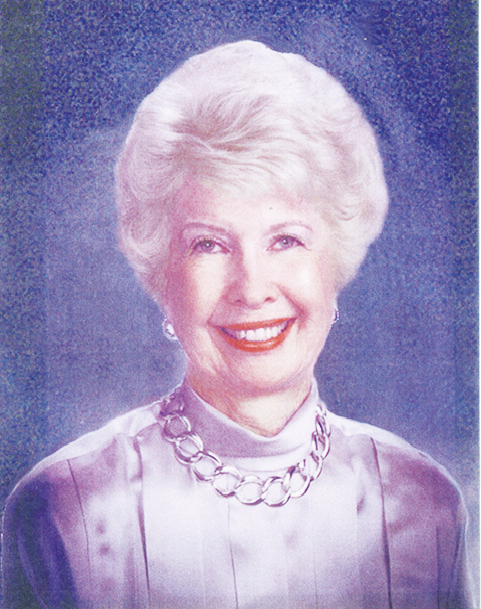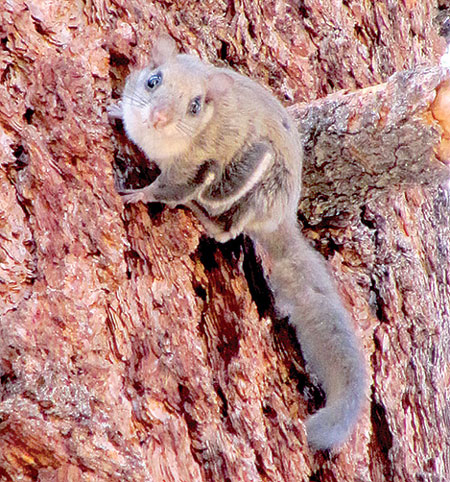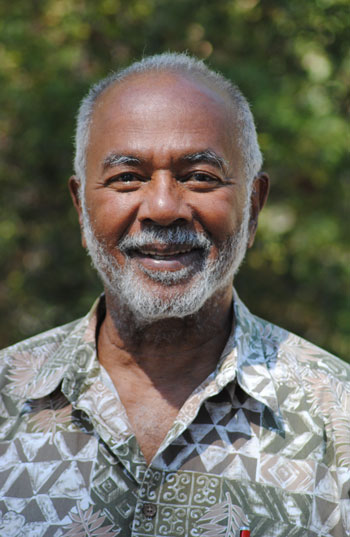Last week, I received an email from a woman who lives here full-time but soon will be part-time. The letter is well-written and thoughtful. I asked if I could reprint it in “Readers Write.” She said yes, so it is on this page (from Violeta Villacorta).
It is an appeal to stop placing Town Criers in all post office boxes, especially since so many part-timers live here and rent such small boxes that the papers pile up week after week.
We all know that the newspaper industry is suffering and Jack’s and my hope when we bought the TC back in 2013 was that we could avoid it closing. We receive lots of feedback that the paper is critical to this community. We believe so, too.
We know the TC is taken for granted. I feel it every time someone sends me letter to the editor or a press release. They “expect” it to be published. People believe the TC always will be here. It won’t.
Because most businesses in town don’t realize they are what keep us going. Without advertising, even to say, “Hey, I support local news,” we’re not going to be here, folk.
We know you like the convenience of coming in to make photocopies and faxes. But those things don’t pay the bills: the reporters, the photographers, the composers, the printer, the libel insurance, the business insurance, the auto insurance, the worker’s comp insurance, the rent, the utilities, etc., etc.
Jack and I will just close up shop and go back to retirement. He just turned 72 last week and he’s getting tired of waking up at 3:30 a.m. to drive off the Hill to load up newspapers and lug them all over town. For free.
We decided last year to double our circulation to entice advertising by putting the newspapers in all local p.o. and rural boxes for free. Did it work? Not much.
Businesses often turn to Facebook, even though we have thousands more readers than they have friends.
So, we are seeking feedback from our readers.
First, do you like Vio’s idea of having free papers available throughout the community and not in your mail box?
Do you even care about having a physical newspaper in your hand? Would you prefer we just distribute online?
We’re ready to just go completely digital to keep the TC alive. That would eliminate a huge printing bill and huge mailing bill every week.
These are just some of the ideas we’re chewing on right now.
The Rotary Club has invited Jack to speak at an upcoming meeting about the issue of how the TC can survive without outsourcing it. It needs to stay local. We have family members brainstorming on how to do that, too. We invite your suggestions, such as Vio’s.
And, by the way, we are grateful to those businesses who do support the TC with your advertising. We know you could spend it somewhere else but you choose to support “Almost All the News, Part of the Time,” a local tradition for 70 years.
Becky Clark, Editor








 Patricia “Patty” McCaughin passed away Saturday, July 15, 2017. She was 94 and died of the effects of old age.
Patricia “Patty” McCaughin passed away Saturday, July 15, 2017. She was 94 and died of the effects of old age. Scott Fisher passed away Wednesday, July 19, 2017, from pancreatic cancer. Born on Aug. 21, 1945, he attended school in San Pedro and received bachelor’s and master’s degrees in music from Pacific Lutheran University.
Scott Fisher passed away Wednesday, July 19, 2017, from pancreatic cancer. Born on Aug. 21, 1945, he attended school in San Pedro and received bachelor’s and master’s degrees in music from Pacific Lutheran University.
